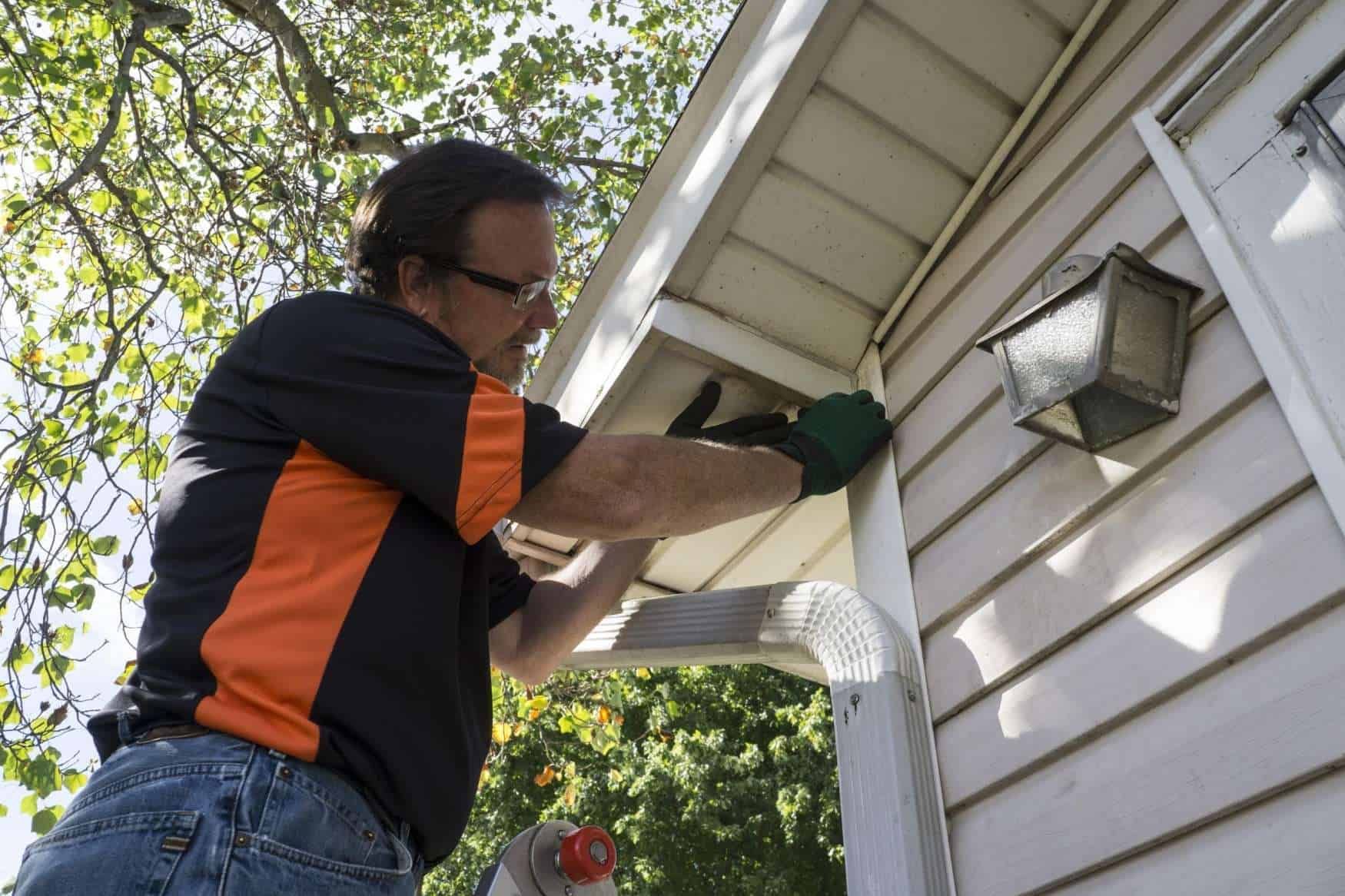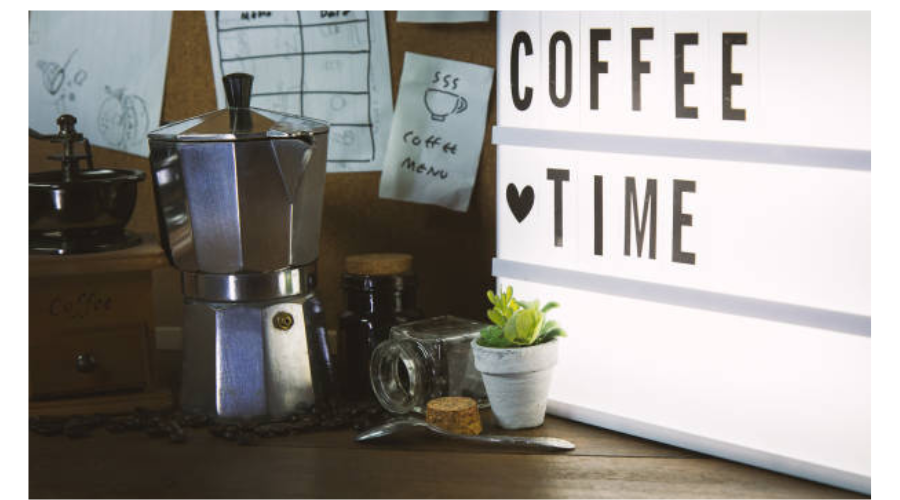
Feb 21,2023
PVC foam board, also known as expanded PVC or vinyl plastic, is a versatile and cost-effective material that is a popular choice for architects, builders, and contractors due to being lightweight, durable, and easy to work with.
PVC foam board is renowned for its insulation properties. The foam core of the board provides high-level thermal insulation, which is why it is considered an ideal material for use in walls, roofs, and floors. This can reduce energy costs and improve the overall energy efficiency of a building like aluminum composite boards do. As PVC foam board is resistant to moisture, so it is a great choice for use in areas prone to high humidity or dampness.
Another advantageous property of PVC foam board is its durability. As it is resistant to fire, chemicals, and impact, it is an excellent option for high-traffic areas and for building construction that requires a high level of structural integrity. PVC foam board is also resistant to warping, cracking, and rotting, which makes it a fantastic choice for exterior use and long-lasting utility.
PVC foam board is a very cost-effective resort, especially for budget-conscious builders and contractors. When its low cost is combined with its durability and insulation properties, it proves to be a cost-effective solution for creating long-lasting and energy-efficient buildings.

Premium quality PVC foam board facilitates painting or printing on it, so it is phenomenal in creating visually conspicuous building interiors and exteriors. It can be painted with a brush, roller, or spray paint or printed on using a digital printer. To protect the printed or painted surface, a clear coat or UV protective coating is generally applied.
PVC foam boards are also a versatile option for use in a wide range of building types and styles in both residential and commercial buildings. It is so amazing in creating various architectural styles, including modern, traditional, and contemporary. PVC foam board is also being used in creating a variety of building essentials such as window sills, door frames, and architectural moldings. This material is easily cut and shaped to create custom elements that match the designs and aesthetics of the buildings.
Another outstanding benefit of using PVC foam boards in building construction is their low maintenance requirements. The material is highly resistant to rotting, warping, and insect infestation, which means it requires minimal maintenance and upkeep over time; that's why it is an ideal choice for those parts of buildings that are difficult to access for maintenance.

PVC foam board, just like decorative coloured vinyl, is also a popular choice for creating signs, graphics, and branding articles in buildings, such as wayfinding signs, directories, and other interior and exterior signs. It is perfect for creating high-quality graphics, signs, and branding elements, all thanks to its smooth surface and easy-to-print-on properties.
PVC foam boards are also an environmentally friendly choice for building construction. It is a recyclable material combined with its insulation properties; PVC foam boards help to reduce the overall energy consumption of a building, which can help to reduce its environmental impact.
Working with PVC is not so difficult, even for those who don't have any previous experience; just follow these general tips and tricks anyone can work with it.
• When working with PVC foam boards, it is essential to use the right tools and techniques to ensure the product's high quality.
• A circular saw or a table saw should be used to cut the board to the desired size and shape. A CNC router or laser cutter should be used for making precise cuts or intricate designs to prevent fraying or melting.
• When drilling or cutting PVC foam board, it's important to use sharp blades and bits to prevent chipping or cracking. To ensure a smooth finish on the edges, to smooth out any rough edges a belt sander or sandpaper should be used. Use fine-grit sandpaper to make any rough edges or surfaces smooth after cutting or shaping the board.
• To join multiple pieces of PVC foam board together, PVC cement or a hot air gun should be used. Use a low-heat setting when using a heat gun or hot air gun to shape or bend the board. Use a polyurethane-based adhesive for bonding PVC foam board, as it provides a strong bond and is resistant to moisture.
• A primer or sealer should be used before applying paint or other coatings to the surface of the board to ensure proper adhesion and a smooth finish.
• A foam-safe solvent cleaner should be used to remove any dirt or stains from the surface of the board.
• Don't forget to Wear a dust mask and protective eye gear when cutting or sanding PVC foam board to avoid inhaling particles.